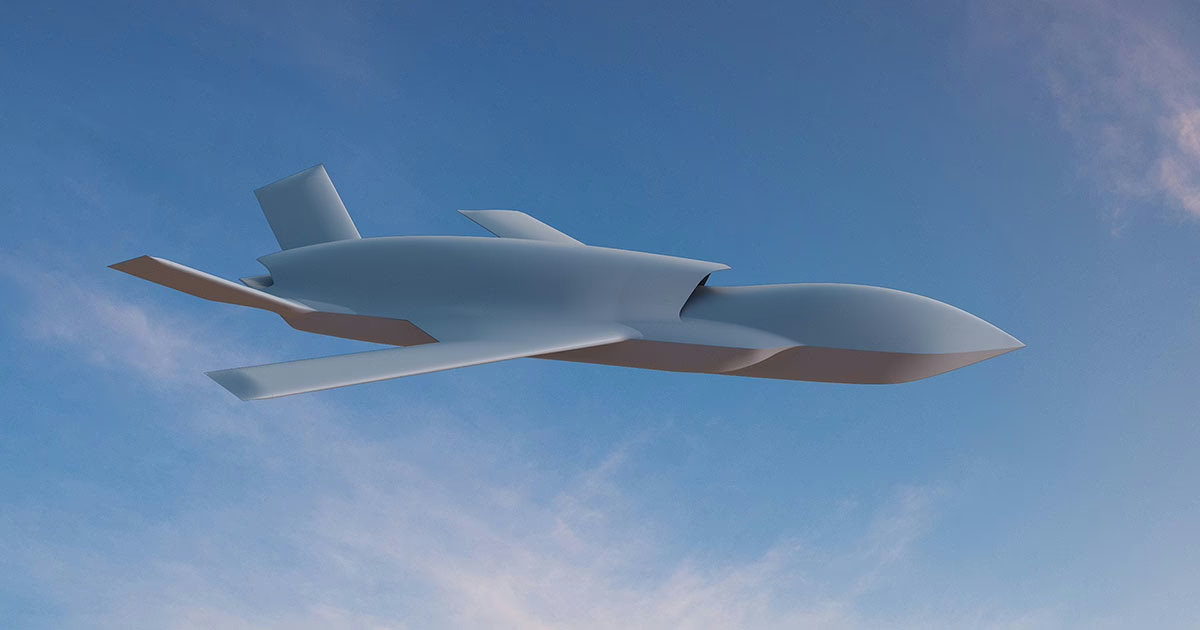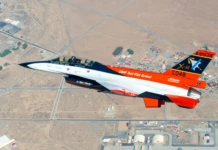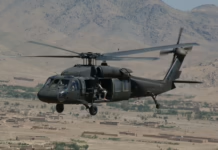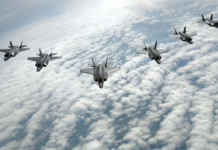Defense contractor leverages shipboard experience and modular Gambit platform as competition heats up for Navy’s autonomous carrier jet program against startup rival Anduril.
The San Diego defense contractor confirmed Thursday it will adapt its modular Gambit aircraft family to meet the Navy’s requirements for an autonomous tactical jet capable of operating from aircraft carriers.
General Atomics Aeronautical Systems disclosed Oct. 17 it has secured a spot in the initial competition round for the Navy’s Collaborative Combat Aircraft program, ending weeks of speculation about the company’s involvement.
The program aims to field an uncrewed fighter capable of working alongside manned aircraft on carrier decks, a technically demanding environment that requires specialized equipment like folding wings, reinforced structures and arresting hooks.
“GA-ASI was selected to work on Navy CCA designs, emphasizing a modular approach to platform selection, capable of being rapidly reconfigured and upgraded to meet changing mission requirements, including operations on and from aircraft carriers,” the company said.
The firm plans to leverage its Gambit platform, which includes variants for intelligence gathering, air combat, reconnaissance and training missions. A fifth version tailored for ship operations was announced in 2024.
General Atomics brings substantial shipboard aviation experience to the competition. The company manufactures the electromagnetic catapult system installed on the Navy’s newest Ford-class carriers. In 2023, it successfully tested a Mojave drone aboard the UK’s HMS Prince of Wales. The following year, one of its Gray Eagle aircraft launched from a South Korean amphibious assault ship.
The company recently partnered with South Korea’s Hanwha Aerospace to develop a short-takeoff Gray Eagle variant, with production scheduled to begin in 2028 at a South Korean facility.
The Navy’s fighter drone must integrate seamlessly with three generations of carrier aircraft—the Boeing F/A-18E/F Super Hornet, Lockheed Martin’s F-35C stealth fighter and the developmental F/A-XX sixth-generation platform. That next-generation aircraft is designed to eventually replace the Navy’s fleet of Super Hornets, though the program faces uncertainty as the Trump administration appears to favor the Air Force’s land-based F-47 fighter.
General Atomics now competes in both Air Force and Navy drone fighter programs. Its YFQ-42A prototype, derived from the XQ-67A experimental jet that began flying in 2024, is already undergoing flight testing for the Air Force initiative.
The company faces competition from Anduril Industries, a Costa Mesa startup that won a parallel contract for the Navy program. Anduril plans to use an entirely new design for the Navy competition rather than modify its Air Force prototype.
The YFQ-44A from Anduril has yet to begin flight testing. Company officials said in September they are refining the aircraft’s autonomous flight control software and expect to meet the Air Force’s development timeline despite the delay. The service plans to select a winning design by late 2026.

Key Takeaways
- General Atomics confirmed Oct. 17 it will compete for the Navy’s carrier-based fighter drone program using its modular Gambit platform.
- The company brings extensive shipboard experience, including manufacturing electromagnetic catapults for Ford-class carriers and successful drone tests on UK and South Korean vessels.
- The autonomous fighter must integrate with F/A-18 Super Hornets, F-35C stealth fighters and the developmental F/A-XX sixth-generation platform.
- General Atomics faces competition from Costa Mesa-based Anduril Industries, with the Air Force selecting a winning design by late 2026.
- The YFQ-42A prototype is already in flight testing for the Air Force program, while Anduril’s YFQ-44A has yet to fly.








